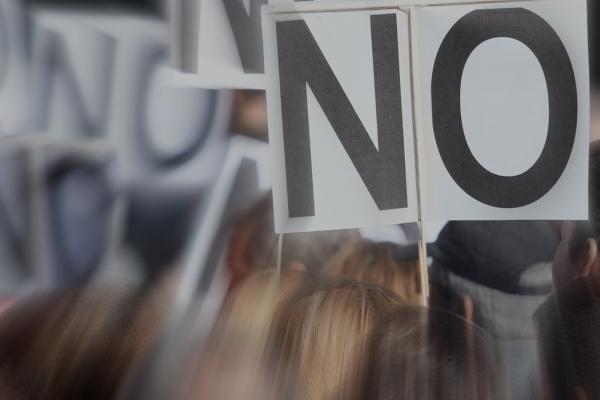AUTHORITARIANISM is on the march. The rise of right-wing populism in Hungary, Poland, the Philippines, and now the United States highlights the fragility of democracy. Hungary’s Prime Minister Viktor Orban has propagated anti-immigrant sentiment while cracking down on independent media. Poland’s nationalist party has challenged judicial independence while asserting state control over media. Philippine’s President Rodrigo Duterte has vowed to strip civil liberties and employ violent vigilantism to address drug problems. In the U.S., Donald Trump mobilized a largely white base while railing against societal groups, including Muslims and immigrants, to win the election.
Authoritarian figures elected in democratic contexts often ignore constitutions, gut institutions, consolidate power, and snuff out domestic dissent. Dictators are often vindictive; they put themselves above the law and thrive on fear and popular apathy. Their toolkit includes ridiculing and delegitimizing protesters, pitting societal groups against each other, and coopting potential challengers.
But authoritarian figures have an Achilles’ heel. To stay in power, they depend on the obedience and cooperation of ordinary people. If and when large numbers of people from key sectors of society (workers, bureaucrats, students, business leaders, police) stop giving their skills and resources to the ruler, he or she can no longer rule.
Historically, the most powerful antidote to authoritarian figures has been strategic organizing and collective action. That includes civil resistance, employing tactics such as marches, consumer boycotts, labor strikes, go-slow tactics, and demonstrations. In democracies, civil resistance has often been used alongside institutional approaches (elections, legislation, court cases) to defend and advance political and economic rights.
Read the Full Article

